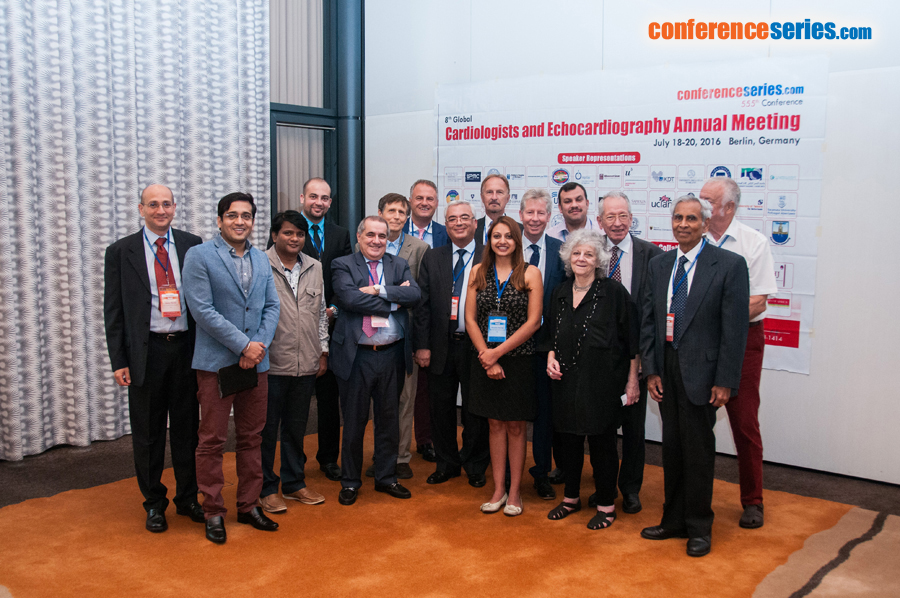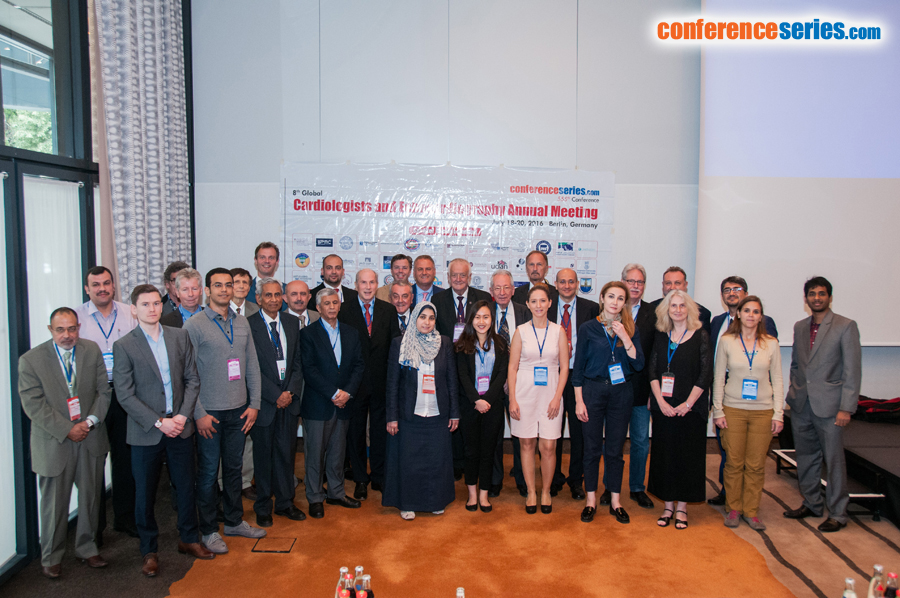
Ahmed A
University Hospital of Essen, Germany
Title: Survival analysis and postoperative complications after ventricular assist device implantation, prognostic value of INTERMACS scale
Biography
Biography: Ahmed A
Abstract
Background: Ventricular assist devices (VADs) have been proven to be effective in improving survival and quality of life in patients with refractory heart failure. However, outcomes depend on a variety of preoperative parameters. Aim of the study: This study evaluates retrospectively the patients profiles; clinical outcome, postoperative complications and mortality in patients who underwent VAD implantation in our center taking into account preoperative Interagency Registry for Mechanically Assisted Circulatory Support (INTERMACS) levels aiming at anticipation of postoperative complications and optimization of the preoperative strategies. Methods: Between August 2010 and March 2015, 104 patients underwent VAD implantation in our university hospital. INTERMACS profiles were as follow: level 1 in 27 patients, level 2 in 20 patients, level 3 in 27 patients, level 4 in 25 patients, level 5 in 4 patients and level 6 in 1 patients respectively. Patients were divided into 3 groups: Group-A included 27 patients at INTERMACS level 1. Group B included 47 patients at INTERMACS level 2/3 and group C included 30 patients at INTERMACS Level 4/5/6. Preoperative clinical, echocardiographic, and hemodynamic and laboratory data were compared between groups as well as the incidence and time of onset of postoperative complications and mortality. Results: Preoperatively, group A had a significantly lower cardiac index, lower mean arterial blood pressure, lower serum hemoglobin, higher serum blood urea nitrogen, higher serum procalcitonin and higher incidence of metabolic acidosis (p<0.05). Postoperatively, group A had a higher incidence of respiratory failure, Hemorrhage, multi-organ failure, right ventricular failure and tracheotomy (p<0.05). Total mortality was higher in group A than in group B (p = 0.017) and in group C (p=0.017) but not between groups B and C (p =0.81). Early mortality (at 30 days after VAD) was higher in group A than in group B (p=0.015) and group C (p=0.010). After 30 days mortality was not statistically different between groups. Sepsis (47.1%), right ventricular failure (37.5%) and respiratory failure (33.7%) were the most common post-operative complications after VAD implantation, whereas renal failure was the most common complication within 1 week after the operation (23.1%). Multi-organ failure was the most common cause of mortality (13.5 % n=10). Predictors of total mortality were preoperative high central venous pressure (HR, 1.077; 95% CI, 1.019–1.138, p=0.008), high systolic pulmonary artery pressure (HR, 1.056; 95% CI, 1.015–1.099 p=0.007), high serum blood urea nitrogen (HR, 1.031; 95% CI, 1.018–1.045; p=0.001), high serum procalcitonin (HR, 1.134; 95% CI, 1.040–1.237; p=0.04), metabolic acidosis (HR, 3.496; 95% CI, 1.708–7.157; p=0.001), low serum Hemoglobin (HR, 0.780; 95% CI, 0.667–0.913; p=0.02). Conclusion: INTERMACS scale correlates with outcomes after VAD implantation in our single center study. Anticipation of postoperative complications allows for preoperative strategies to minimize these complications. Optimization of preoperative volume status, preload, right heart function, correction of preoperative anemia and management of preoperative sepsis are recommended to lower the total mortality in such patients.



